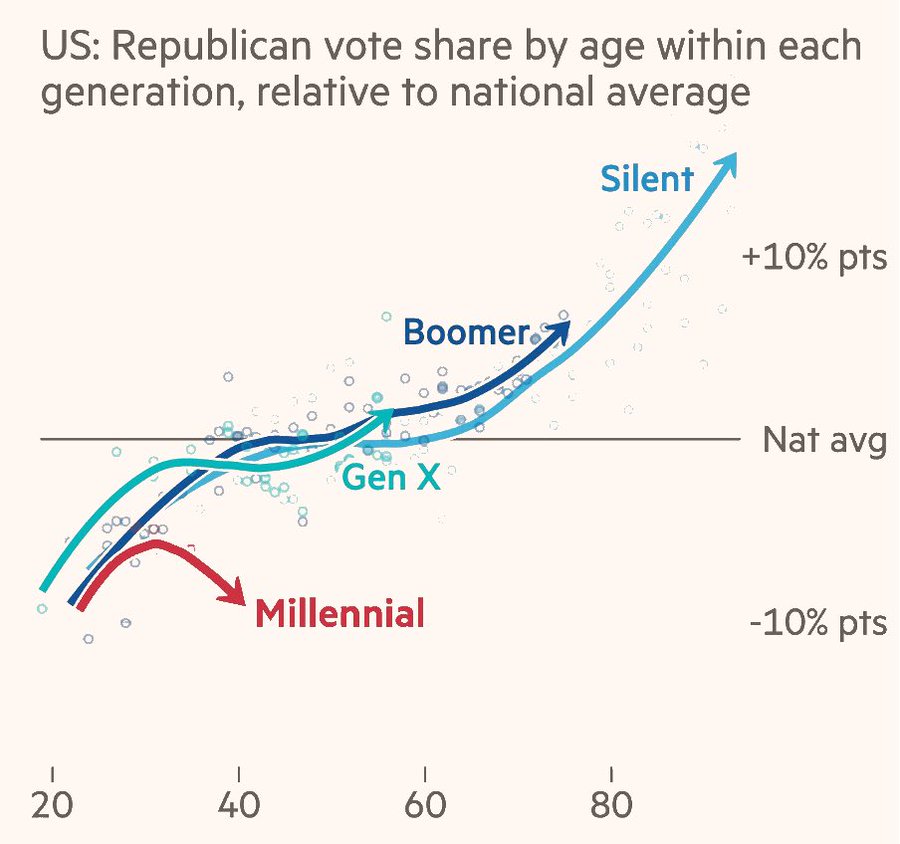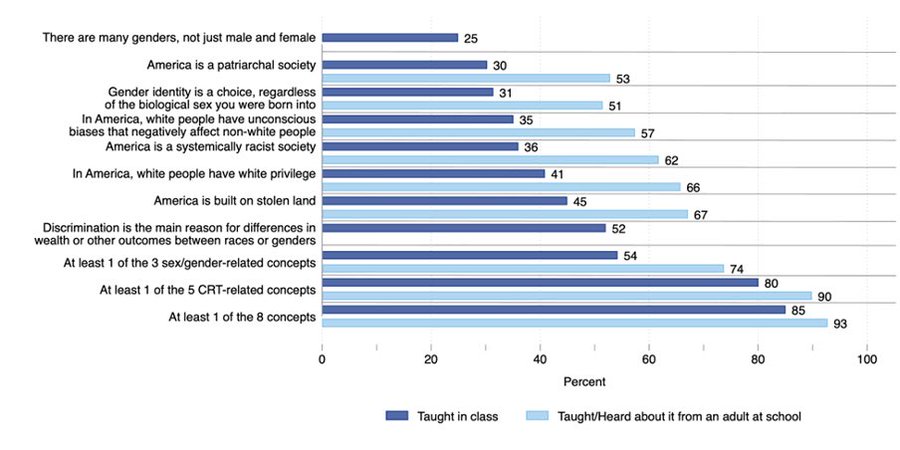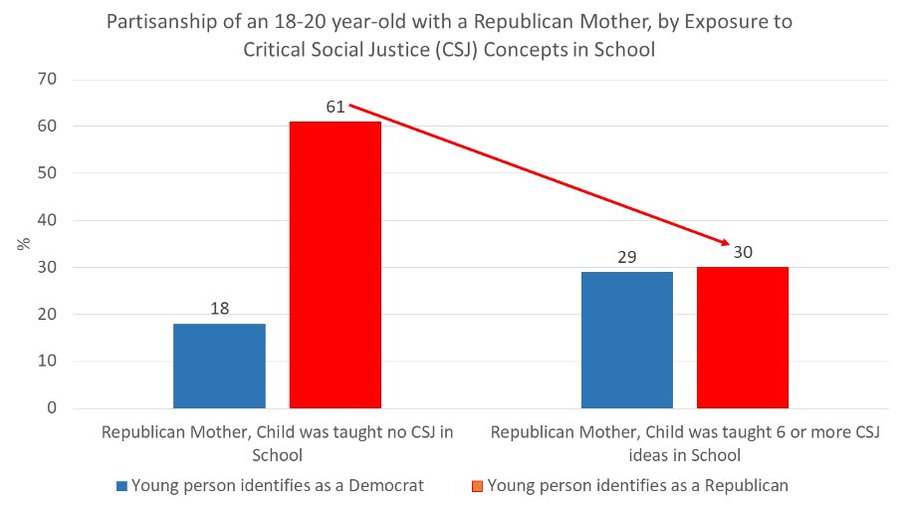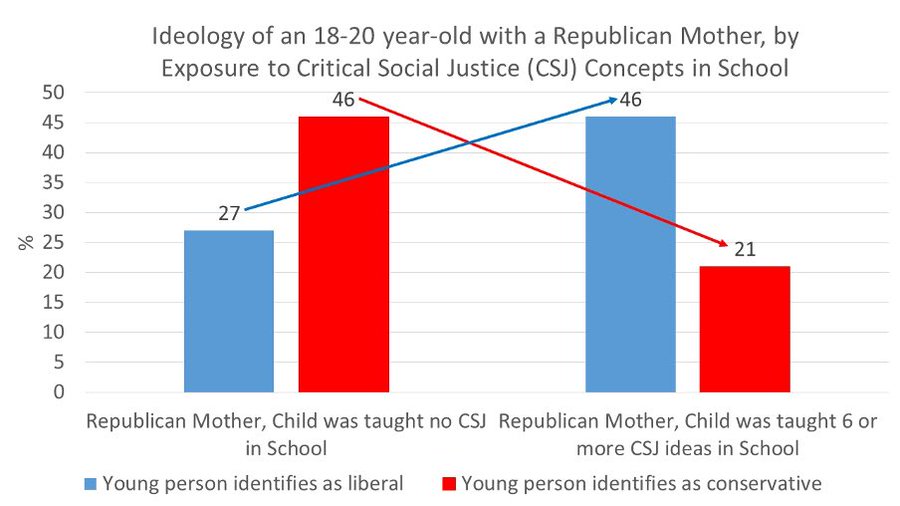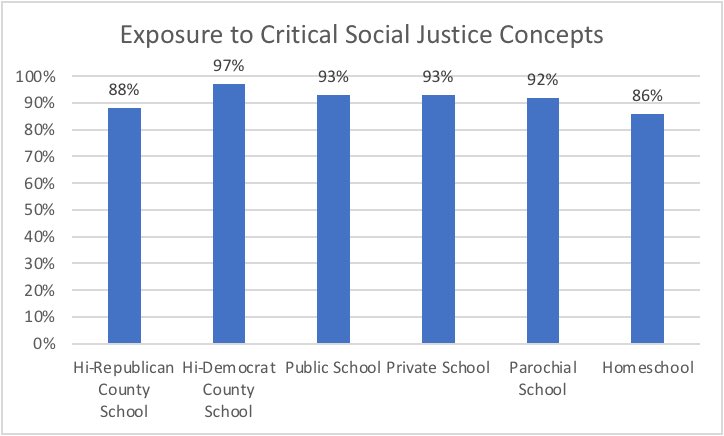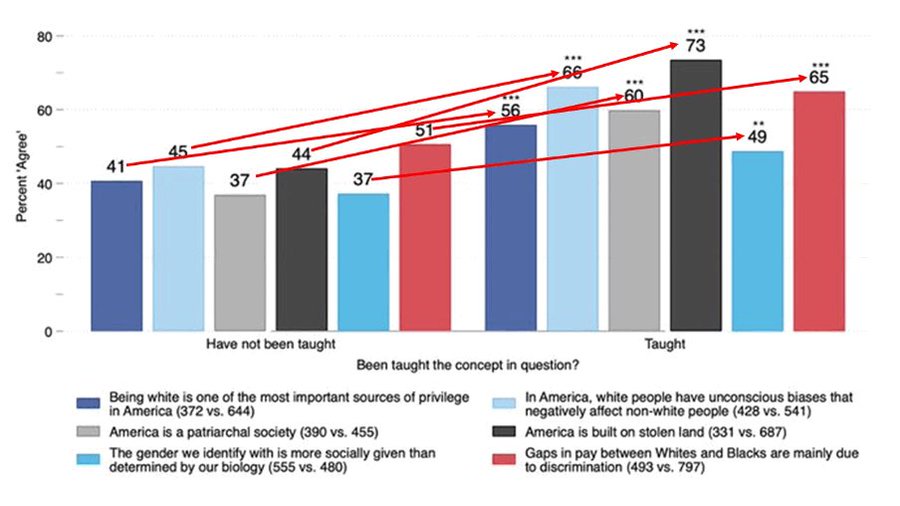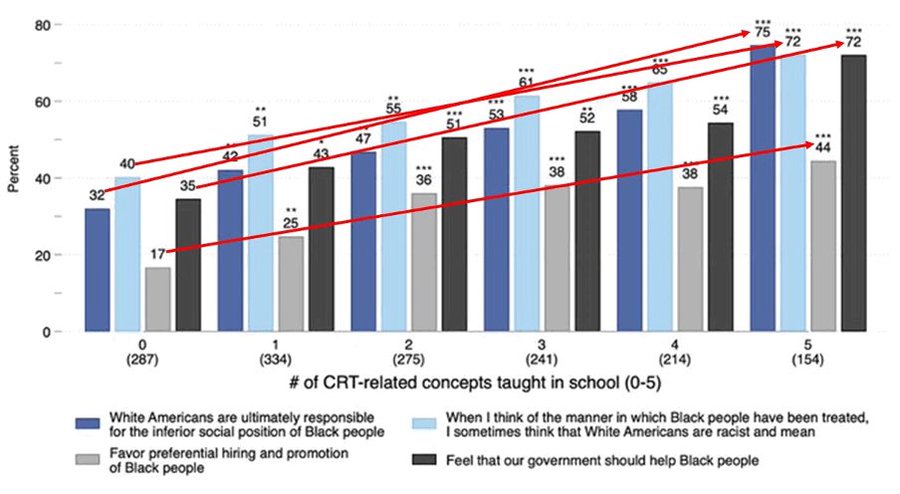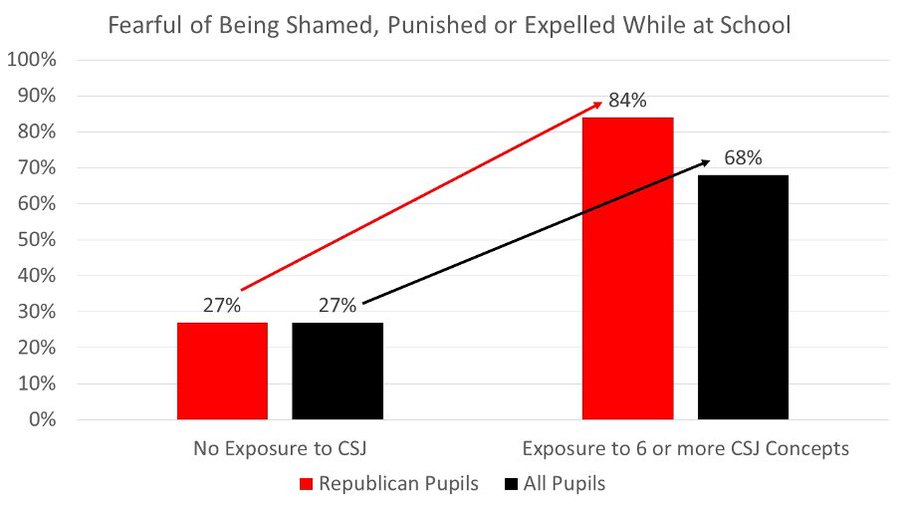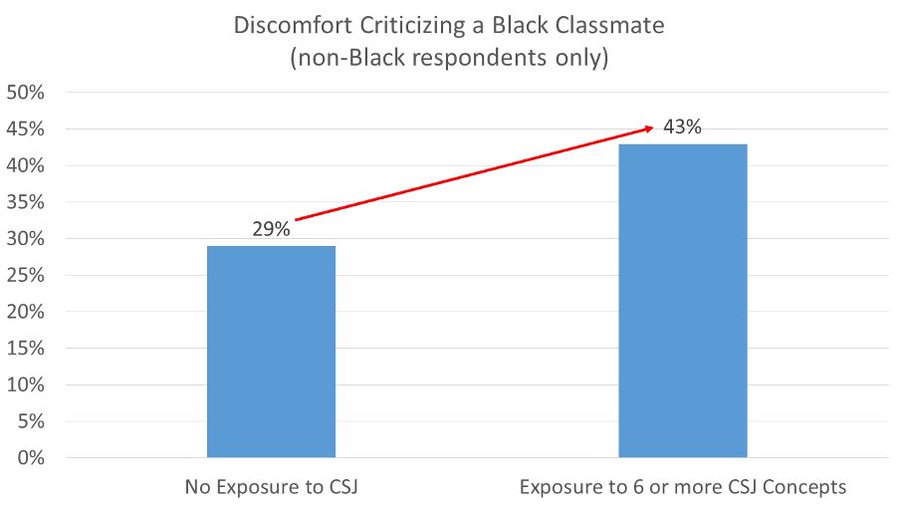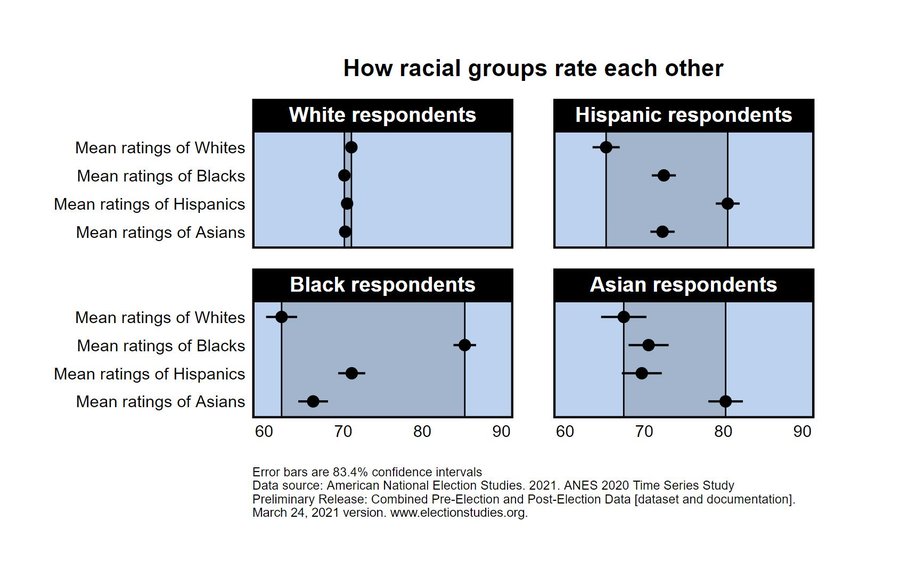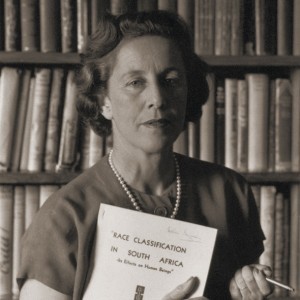Anti-racism’s victory over the British police
Anti-racists have never approved of racial impartiality. Only discrimination in favour of non-Whites, especially Blacks, is acceptable to them. They especially object to any lack of pro-Black discrimination in the police. For fifty years it has been their goal to get the police to ignore Black crime. They have largely achieved it.
In 1981 the police decided to crack down on street crime in Brixton, where it was rife. The result was the Brixton riots, where young Black men spent a weekend hurling bricks and petrol bombs at the police and setting fire to vehicles and buildings. This was their reply to the police’s impertinence in seeking to hold them to the law.
A report on the riots by Lord Scarman, a Law Lord, called on the police to go easy on Black crime on three grounds, one of them being that their duty to maintain public tranquillity was more important than their duty to enforce the law.[1] If an attempt to enforce the law might be met with violent resistance, in other words, it should not be made. The police took the message so much to heart that within ten years they were letting young Black men engage in open drug dealing on the street.[2] Such responses to Lord Scarman’s call were the first great success for anti-racism, which had emerged as a recognisable political movement in the 1970s.
Anti-racism took a second great leap forward in 1983, when its activists badly needed racial incidents with Black victims to back up their claim that non-Whites were commonly abused by Whites. The predominance of incidents with White victims, as in mugging, could not help them portray Whites as the aggressor race. Then they realised that a fake racial incident was as good as a real one if the public believed that it was real. It would go into the statistics like a real incident, attract the same publicity and have the same political effects.
As it happened, the Home Office also needed racial incidents with Black victims. In 1981 it had produced a report called Racial Attacks, which manipulated statistics to portray Whites as aggressive racists. This was all well and good, but actual attacks on Blacks were needed to give the manipulated statistics substance. Frustrated by the shortage, the Home Office too realised that fake attacks would be as good as real ones. The attacks might be fake but the statistics would be real.
And so in 1983 the Home-Office-funded Association of Chief Police Officers supplied the police with a definition of a racial incident that could be used to manufacture racial incidents at will. According to the definition, a racial incident was “any incident which includes an allegation of racial motivation made by any person”.[3] All that was required was an allegation. It did not need to be backed up by any evidence.
Anti-racist activists were delighted. Now they only needed to persuade the police to apply the definition to any incident with a Black victim where somebody — possibly the victim, possibly an activist, possibly the police themselves — made an allegation of a racial motive and they would have all the evidence, real or bogus, of White racial aggression that they could wish for. The police obliged and started describing crimes as racially motivated with no evidence of a racial motive.[4]
Indeed, they needed no evidence that White people had been involved. They could conjure White offenders into existence by accepting an allegation that the motives of imaginary offenders were racial. It was this definition that enabled the police to make their biggest ever gift to anti-racists by blaming the murder of a young Black man on White people after an agitated young Black man found with the body blamed the crime on Whites of whom there was no trace.[5]
That was in 1993, when it looked as if the progress of a new social movement called political correctness might be unstoppable. In that year Giles Auty wrote in the Spectator: “Within the next five years I fully expect to see the full horrors of political correctness imported lock, stock, and barrel from American academic institutions to our own”.[6] This occurred, nor was it just academic institutions that accepted political correctness but every public institution.
Political correctness is a kind of super-ideology whose main job is to enforce its sub-ideologies and make life uncomfortable for those who do not go along with them. From the start its two main sub-ideologies were anti-racism and feminism, which, although some of their more bizarre doctrines jarred with many people, were presented by the media as necessary and good. To cite two bizarre doctrines, the basic proposition of anti-racism is that the races are essentially the same, and the basic proposition of feminism is that the sexes too are “equal”. Thus any difference between the circumstances of the races or the circumstances of the sexes can only be due to the oppressive effects of White power or male power. And so it turned out that the idea of universal human equality made a supposedly unanswerable case against White people and especially men. To be politically correct was to condemn one’s own society.
The compulsory and punitive nature of political correctness brought us a new age of hypocrisy. Unless people wanted to be shunned as retrograde and nasty, they had to profess agreement with its doctrines, however obviously untrue or pernicious they might be. There was no room for frankness or clarity now that public discourse appeared to be governed by an overriding need to protect an invisible, slightly deranged and ultra-sensitive woman from the risk of fainting, as she might do if any fact she found distasteful happened to be mentioned. As one generation followed another, pretence was followed by credulity. Soon there were young people who actually believed the dogmas of political correctness.
Political correctness was a new name for cultural Marxism, not that that phrase was yet often heard. Appearing in America towards the end of the 1980s, it offered fresh hope to Marxists just as Marxism as we knew it was being discredited by the collapse of the Soviet Union. In 1992, a jocular guide to what today might be called the clown world that was descending on us was provided by The Official Politically Correct Dictionary and Handbook, which told us that so as not to allude to sex we must call waitresses “waitrons”.[7] To show that we saw no difference between human beings and other animals, we were supposed to call animal trainers “inter-species communicators”. A milkman was a “milkperson”, vegetarian cuisine was “non-violent food”, and a book was a “processed tree carcase”. According to Mary Koss, women who denied that they were oppressed were “trying to pass as non-victimized”. Leonard Jeffries, head of Afro-American Studies at City University, New York, found the destruction of the Challenger spacecraft something to be applauded since it might deter White people from “spreading their filth throughout the universe”. The scientific method was to be despised as a “patriarchal conspiracy”.
A thorough journalistic treatment of political correctness came in 1994 in the book Dictatorship of Virtue.[8] Academic treatments started to appear, with titles like “Political correctness in Britain: A blueprint for decline”,[9] “Who placed American men in a psychic ‘iron cage’?”[10] and “The Historical Roots of Political Correctness”.[11]
By the turn of the century, political correctness was more or less mainstream. People who still used their faculties of thought and observation were marginalised as enemies of society, as they are even more today, when the continuation of political correctness is called “wokeness”. Naturally, anti-racism received another great boost when political correctness made it in effect obligatory.
An abiding aim of anti-racist activists was to get the police officially described as institutionally racist. No one knew or particularly cared what the term might mean; the important thing was that if it was formally attached to the police, they would be conclusively disgraced. The establishment would have turned on its own and, by condemning itself as racist, have proclaimed itself to be anti-racist.
Lord Scarman had refused to call the police by the dread term. It was left to Sir William Macpherson, a retired high-court judge, to do this in 1999 in his report on an unconcluded murder case. Under pressure from anti-racists,[12] he used a purpose-built definition that allowed any institution to be described as racist if it did not discriminate in favour of non-Whites or do so sufficiently.[13] As soon as his report was published, every institution in the country, from the British Medical Association to the church, the universities, the judiciary and the political parties, as well as the police, dramatically stepped up the degree of its pro-Black discrimination. Pretending or perhaps really believing that they were doing something good, they put an end to the principle of equal treatment, an ancient cornerstone of British justice, forever.[14]
One anti-racist activist, who as a student revolutionary had been described by the Foreign Office as a troublemaker acting with malice aforethought,[15] was particularly chuffed. This was Jack Straw, the Home Secretary, who had commissioned the Macpherson report and stated on receiving it that he intended to use it to create “permanent and irrevocable change … across the whole of our society”.[16] He did just this by imposing racial quotas on the public services,[17] thereby institutionalising racial discrimination. Institutional racism, supposedly being dispelled, was installed, which Straw described as a great step forward for society.[18] Foreseeably, the public services became the home of incompetence and corruption as anti-racism itself took another great step forward.
Things went on in the same vein, as when in 2017 Lord Thomas, the Lord Chief Justice, called for judges to treat Black criminals more leniently and White criminals more harshly than they had been doing.[19]
Lord Scarman, Sir William Macpherson, Lord Thomas: it was those at the very top of the criminal justice system who introduced anti-racism to it and drove it deeper and deeper in, presumably with the support of the Home Office or at its behest.
Anti-racism’s next great surge came in 2020 with the Black Lives Matter movement, which prompted another dramatic increase in the desired form of institutional racism. Bodies such as the British Museum, the British Library and the National Trust made a point of showing how ashamed they were of British history and culture, apologised for oppressing Black people and promised to give them more important positions with immediate effect.[20] Needless to say, they had in no way wronged Black people; they were expressing a purely visceral urge to racial self-abasement. So lacking was any anti-Black discrimination that the media had to borrow the death of George Floyd from Minneapolis to suggest that something was amiss. With no injustice to point to, they spoke ambiguously of “racial inequality”, intended to be taken to mean inequality of treatment but in fact referring to inequality of circumstance, which is a natural product of differences between the races.
Lord Scarman’s injunction to the police to go easy on Black crime had sunk in so deeply by this time that when they came across a mini-riot in Brixton, they ran away. They actually took to their heels sooner than confront Black criminals.[21] During an interview with Sky News, a former Metropolitan Police chief was cut off when saying that the police had given up trying to stop young Black men carrying weapons. It was more than their careers were worth to attempt to hold Black people to the law, he was saying when he was interrupted.
It was now police policy to stand by and allow rioting and looting if those doing the rioting and looting were Black. This policy was causing concern in cities like Nottingham and Manchester, where retail chains were thinking of closing down, so much of their stock were they losing to young Black men, whom the police would not arrest.[22]
Anti-racists must have split their sides as they congratulated themselves on the extent of their achievement. It was already years since they had disposed of the principle of equality before the law. For years the police had been free to pursue crimes committed by Whites with as much vigour as they could muster, and law-abiding acts as well, such as posting limericks on social media that were not to the liking of favoured groups, as long as they did not lay a finger on Blacks. Now, this had induced young Black men to make rioting and looting a weekly pastime, which threatened to change the face of the high street, and still the police would not act. What could be more satisfying?
[1] Lord Scarman, 1982 (1981), The Scarman Report: The Brixton Disorders, 10-12 April 1981, Harmondsworth: Pelican-Penguin, Paragraphs 4.57-4.58. Secondly Scarman advocated policing with the active consent of the public, which in a place like Brixton the police would never have (Paragraph 5.46). Thirdly, he said that the police must exercise discretion, quoting a senior policeman saying that to believe in enforcing the law without concessions to any section of the community was too simplistic; some groups had different cultural backgrounds (Paragraph 5.76).
[2] The anonymous author of “The street where I live” (Independent, Nov. 2nd 1993) thought that in the previous three years someone must have decided to turn his road into a no-go area for the police, where crack dealers could trade openly. Since a policeman had been killed nearby, the police had kept their heads down. There was a sense that the dealers were winning. Until the shooting, the author had been blanking them out, but then a bullet had been fired through the window of a betting shop over the road, which acted as a crack and dope market. Angry at drugs being sold outside his son’s bedroom, the author had called the police and told them that the problem was getting worse. “Yes”, they said, “it will get worse. There’s a lot of money involved.” He never saw a police car arrive.
[3] In full the definition stated that a racial incident was “any incident in which it appears to the reporting or investigating officer that the complaint involves an element of racial motivation, or any incident which includes an allegation of racial motivation made by any person” (from “Race Equality in the UK Today: Developing Good Practice and Looking for Reform: The Police”, a handout distributed by John Newing, President of the Association of Chief Police Officers, on December 8th 1998 at QMW Public Policy Seminars: Developing New Legislation and Strategies on Race Equality, Royal Over-Seas League, London SW1).
[4] In 1991 a Black teenager named Rolan Adams was killed by a White one in South-East London in a fight that broke out between two gangs. Activists called the murder racially motivated on the basis that one gang was Black and the other White, although neither gang was in fact racially uniform (Transcripts of the Proceedings of the Stephen Lawrence Inquiry, 1998, http://www.blink.org.uk/slinquiry/transcripts.htm, pp. 4,209 4,575 and 7,883-84). In 1992, also in South-East London, a sixteen-year-old Indian named Rohit Duggal was killed by a White youth in an altercation that had nothing to do with race (Ibid., pp. 7,878-79). The police classified both murders as racial as soon as they heard about them (Ibid., pp. 7,885 and 7,887-88).
[5] Ibid., pp. 5,747 and 4,653.
[6] Spectator, July 31st 1993.
[7] Henry Beard and Christopher Cerf, 1992, London: Grafton-HarperCollins.
[8] Richard Bernstein, 1995 (1994), Dictatorship of Virtue: How the Battle Over Multiculturalism Is Reshaping Our Schools, Our Country, and Our Lives, New York: Vintage.
[9] Frank Ellis, Jan. 9th 1994, “Political correctness in Britain: A blueprint for decline”, Academic Questions, vol. 7.
[10] Gerald L. Atkinson, 1998, “Who Placed American Men in a Psychic ‘Iron Cage’?”, https://culturalmarxism.blogspot.com/2007/07/who-placed-american-men-in-psychic-iron_06.html.
[11] Raymond V. Raehn, no date, “The Historical Roots of Political Correctness”, http://arcofcc.freeservers.com/Documents/pc.html.
Other useful sources include Brian Mitchell, 1998, Women in the Military: Flirting with Disaster, Washington, DC: Regnery; William McGowan, 2002, Coloring the News: How Political Correctness Has Corrupted American Journalism, San Francisco: Encounter; and Occidental Observer, March 10th 2017, “No Campus (Or Country) for White Men” by Edward Connelly, https://www.theoccidentalobserver.net/2017/03/10/no-campus-or-country-for-White-men/.
[12] The activist Lee Jasper threatened Macpherson with riots if he did not call the police institutionally racist: “We are set for repetitions of police attacks, community reprisals, civil disturbances. I do not say that lightly. …I know very well … that unless this matter is sorted out, sooner or later there is going to be huge explosions on the streets of Britain.” He went on: “Our own community would say … maybe we should have a couple of riots anyway to focus the minds, maybe we should burn down a couple of buildings and beat some police officers in order that you can get the focus”. (1990 Trust, 1998, The 1990 Trust Human Rights Programme, London: 1990 Trust, p. 665.)
[13] Macpherson did not define institutional racism briefly and comprehensibly, such as by saying that it referred to pervasive racial discrimination in an institution. According to his lengthy and obscure definition, it was:
the collective failure of an organisation to provide an appropriate and professional service to people because of their colour, culture or ethnic origin. It can be seen or detected in processes, attitudes and behaviour which amount to discrimination through unwitting prejudice, ignorance, thoughtlessness, and racist stereotyping which disadvantage minority ethnic people.
(Sir William Macpherson, 1999, Stephen Lawrence Inquiry: Report of an Inquiry by Sir William Macpherson of Cluny, CM 4262-I, The Stationery Office, https://assets.publishing.service.gov.uk/government/uploads/system/uploads/attachment_data/file/277111/4262.pdf, Paragraph 6.34.)
This definition did not condemn racial discrimination. On the contrary, by suggesting that different treatments could be “appropriate” for the different races, it permitted it. It did not require any discrimination to have been going on for an institution to be deemed racist; only something amounting to discrimination, such as the races being treated equally, which, given differences between the races, produces race-correlated outcomes. It did not require evidence of any wrongdoing but said that institutional racism could be “seen or detected” in various things, meaning that it could be detected where it could not be seen. It did not require any individual to have done anything wrong but allowed “collective” guilt to be assigned directly to an institution. It did not intend the concept of institutional racism to be applied to any race impartially but singled out “minority ethnic people” as potential victims, thereby placing no limit on the amount of discrimination that could be aimed at Whites. This kind of discrimination could be inflicted in the name of combating “institutional racism”.
[14] Macpherson made his purpose a little too apparent when he called for the police to be legally compelled to discriminate by race. “Colour-blind policing must be outlawed”, he decreed (Ibid., Paragraph 45.24).
[15] Telegraph, March 7th 2003, “Straw was student trip’s chief troublemaker”, http://www.telegraph.co.uk/news/main.jhtml?xml=/news/2003/03/07/npro07.xml.
[16] BBC, Feb. 24th 1999, “Lawrence: quotes at a glance”, http://news.bbc.co.uk/1/hi/uk/285535.stm,.
[17] Home Office (1) March 1999, Stephen Lawrence Inquiry: Home Secretary’s action plan; (2) July 28th 1999, Race Equality: The Home Secretary’s employment targets.
[18] Hansard, Feb. 24th 1999. Vol. 326, col. 393, https://hansard.parliament.uk/Commons/1999-02-24/debates/9571f44b-9ee7-4662-a096-0858e1e656a9/StephenLawrenceInquiry.
[19] Sarah Corriher, Dec. 7th 2020, “U.K. prisons are for Whites only”, https://www.bitchute.com/video/spFFzyYAn7nM/. Sarah Corriher’s video shows a Daily Star headline from 2017: “Judges will go softer on minorities as punishments get tough on White kids”.
[20] For example, the British Library was explicit in its support for Black Lives Matter. Resources disseminated there urged employees to donate to the organisation and educate themselves about their “privilege” by reading Marxist authors. Internal emails revealed a staff group which claimed that being colour-blind was a sign of “covert White supremacy” (Telegraph, Aug. 23rd 2020, “British Library should lose taxpayer funding over support for BLM and Labour, say MPs”, https://www.telegraph.co.uk/news/2020/08/23/british-library-should-lose-taxpayer-funding-support-blm-labour/).
In July 2020, the library’s leadership declared that the library intended to become “actively anti-racist” rather than merely non-racist (British Library, July 2022, “British Library commits to becoming an anti-racist organisation”, https://www.bl.uk/press-releases/2020/july/british-library-commits-to-becoming-an-anti-racist-organisation).
Deploring the lack of non-Whites in its senior management, it said it would “add the Chairs of the BAME Network to the Library’s Strategic Leadership Team” without delay and announced that its future approach to race would be determined by members of this network. The library, a national repository of culture, had already stated its intention of reviewing its collection of documents accumulated by Sir Hans Sloane (1660-1753), who founded the British Museum (The Sun, Aug. 30th 2020, “RACE ROW British Library’s chief librarian claims ‘racism created by White people’ as she supports plans to ‘decolonise’ displays”, https://www.thesun.co.uk/news/12537707/british-librarys-librarian-racism-created-White-people/). This raised the question of how many of its 50,000 Sloane books and manuscripts would end up on its anti-racist bonfire.
[21] The man was Kevin Hurley (The New Culture Forum, July 17th 2020, “Ex-Met Police Chief: Police Leaders Have Lost the Confidence of their Front Line Police Officers”, https://www.youtube.com/watch?v=42shmoKwSSU).
[22] History Debunked, Aug. 4th 2023, “Disorder on the streets of England is on the increase, although we don’t like to talk about it”, https://www.youtube.com/watch?v=b53l2k8TuI0. Simon Webb comments: “Low level riots and looting expeditions are becoming common parts of some English cities, fuelled by a particular demographic group”.


